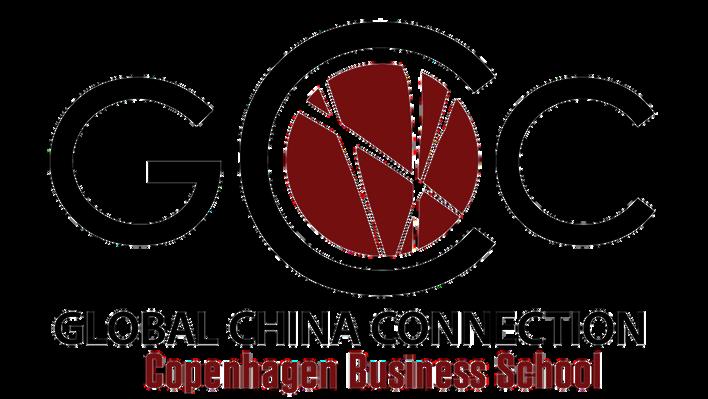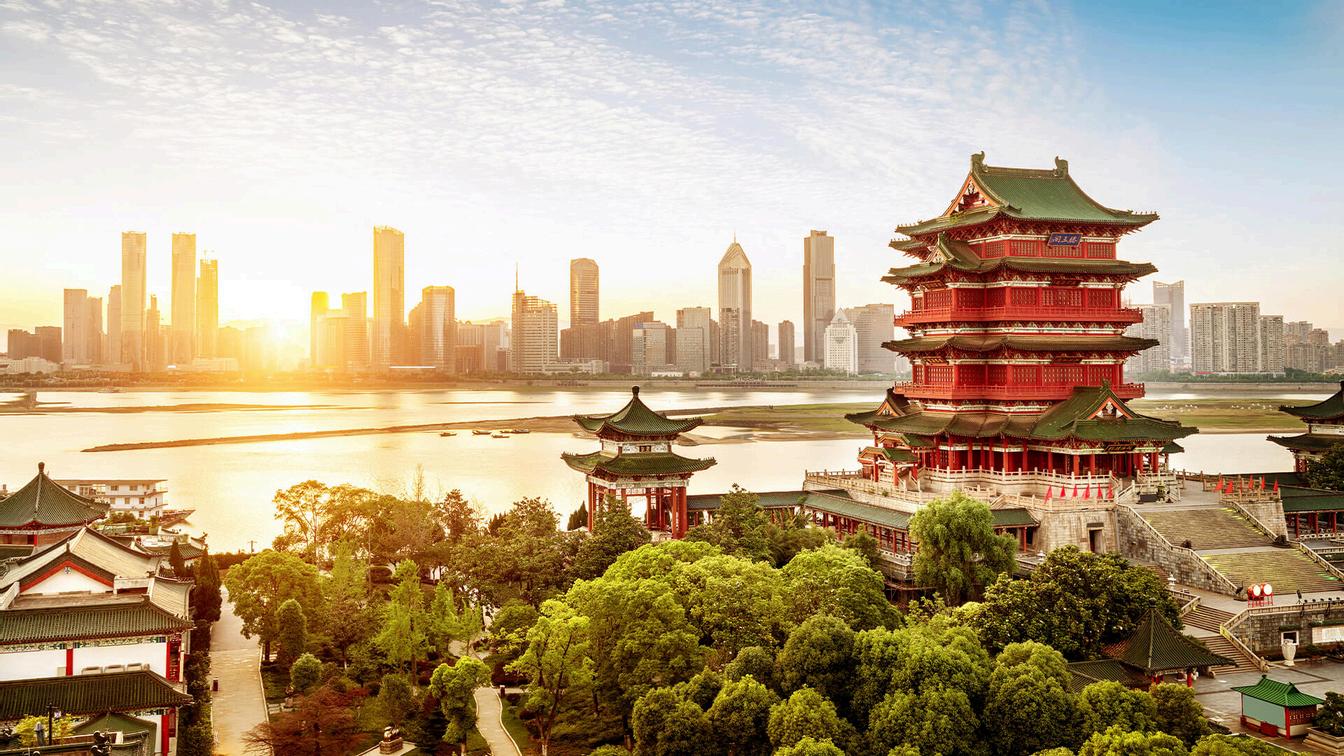




MeetingbetweenXiJinpingandformer TaiwanesePresidentMaYing-Jeou
page2-3
USTreasurySecretaryJanetYellenvisitto
Chinapage4
China’sralliestomakeprogressontheC929 page5



On April 10th, former Taiwanese president Mr. Ma Ying-Jeou embarked on his 12-day tour across China. He started his itinerary with a historic meeting with Chinese president Xi Jinping.
This historic meeting can be said to be a highly choreographed moment, as this also marks the first time a former Taiwanese president has been hosted by China’s top leader since Chiang Kai-shek. However, it is to be noted that Mr. Ma Ying-Jeou and Xi Jinping have met before, but this was during a summit in 2015 in Singapore and not on Chinese soil.
During this historic meeting both men shared their thoughts on cross-strait relations and in Xi Jinping's opening remark he praised Ma for opposing “Taiwan independence”, promoting cross-strait exchanges and agreeing that both sides of the strait belong to “one China ”
Xi Jinping emphasized during the meeting that there is no conflict that cannot be resolved Furthermore, saying that: “External interference cannot stop the historic trend of the reunion of the family and the country.” Most likely referring to Western countries supporting Taiwan and particularly US arms sales to Taiwan.
In response, Ma acknowledges that even though the two sides of the strait developed under different systems, people from both sides still belong to the Chinese nation.
Ma Yang-Jeou is quoted saying: “If a war breaks out between the two sides of the Taiwan Strait, it will be an unbearable burden for the Chinese nation,” and he continued saying:“I sincerely hope that both sides respect the values and way of life treasured by the people and maintain peace across the strait. ”
The reason that no other Taiwanese officials have visited China is due to Beijing's precondition of recognizing the One China Policy. Since the Democratic People's Party (DPP) took office in 2016, they have refused to recognize this policy, and in turn China has cut off all high-level communication with Taiwan. Thus, leading to ice cold cross-strait relations and continues to become even colder.
As Mr. Ma Ying-Jeou wields little to no power politically in Taiwan, even though he is still a senior member of the Kuomintang (KMT). Why would any of the two parties agree to this meeting you may ask? It is true that Ma does not have any substantial political power and isn't likely to change anything in the Taiwanese political scene. But by having this meeting, Beijing can use it to show that they are good to its friends no matter their political power. Furthermore, it sends a signal of friendliness to political leaders globally that being friends with China is worth it and it's a long-term investment.
China's peaceful, open and diplomatic treatment towards Mr. Ma Ying-Jeou also signals to the international community and Taiwan that peaceful unification remains Beijing’s preferred option - even as crossstrait relations are at all-time low
Within China, this meeting can show Chinese citizens that the DPP does not represent mainstream Taiwanese views and that they still have cultural and historical connections However, the Taiwanese will likely downplay the visit and shrug it off as “tourism by a retiree” .
The DPP has questioned Ma Ying-Jeou’s loyalty to Taiwan and promptly labeled the KMT as pro-Beijing. However, Mr. Ma Ying-Jeou will most likely be remembered for his role in the development of cross-strait relations, whatever the outcome may be, and he will be the only Taiwanese leader to ever have broken the ice with Beijing.
Within China, this meeting can show Chinese citizens that the DPP does not represent mainstream Taiwanese views and that they still have cultural and historical connections. However, the Taiwanese will likely downplay the visit and shrug it off as “tourism by a retiree”.
More on this story, as we have a GCC member stationed in Taiwan who reports what the Local Taiwanese News has to say:
What does the Taiwanese media say about this hopeful meeting?
What is the Taiwanese media's perspective on this encounter? The focus seems to be on the potential for reunification, but is it evident if this is the mutual intention of both parties and the Taiwanese people and government? Notably, the individual in question is a former president.
According to Taiwan News, the ruling Democratic Progressive Party (DPP) has raised concerns about Ma's visit to China, citing contradictions between his statements and the prevailing mood among citizens. Despite Ma's assertion during his 2023 trip that people on both sides of the Taiwan Strait are "all Chinese," this sentiment contrasts sharply with the reality in Taiwan, where less than 3% of the population identifies primarily as Chinese, as per a 2023 poll.
Similarly, on the government’s side, the described “hope for reunification” in the media does not bring much convincing for the people of Taiwan. The continuous threat of fear of increasing military presence and strength of China is very strong. Therefore, as the ministry called the meeting only a promotion, does not take away a feeling of the true movies of” eliminating the country’s sovereignty”.
Moreover, Taiwanese states underline that China’s will to make good efforts for the relation with Taiwan, they talk with democratically elected government should take place instead. And only if the mainstream opinion is to be respected.
The DPP has questioned Ma Ying-Jeou’s loyalty to Taiwan and promptly labeled the KMT as pro-Beijing. However, Mr. Ma Ying-Jeou will most likely be remembered for his role in the development of cross-strait relations, whatever the outcome may be, and he will be the only Taiwanese leader to ever have broken the ice with Beijing.
Hence, Taiwanese media primarily highlight two additional dimensions of former President Mr Ma Ying-Jeou's visit to China: they underscore prevailing public sentiment regarding Taiwanese Chinese relations and stress the importance of engaging in such dialogues with the current elected government. Peace emerges as the central theme promoted by both Mr. Ma and the media, both domestically and internationally. Nonetheless, it is frequently cautioned that discussions between the former leader and Chinese President Xi Jinping won't dispel the ongoing uncertainty surrounding China's stance towards Taiwan.

Janet Yellen visit China and holds important economic talks.
In her recent visit to China as U.S. Treasury Secretary, Janet Yellen criticized Chinese officials for promoting industrial overcapacity that threatens the global economy and undermines American manufacturing.
Yellen emphasized the detrimental effects of artificially cheap Chinese products flooding global markets, particularly in sectors like clean energy. This tough stance, a departure from previous attitudes toward globalization, reflects a commitment to fair competition and protecting American interests
Yellen also warned against repeating past mistakes, referencing the devastation caused by Chinese steel dumping in global markets. Overall, her message underscores the Biden administration's determination to address economic imbalances and protect domestic industries from unfair competition.

Janet Yellen's recent visit to China reignited talks on industrial overcapacity and Chinese trade practices, echoing past efforts during the Obama era. Yellen focused on sectors like solar panels, electric cars, and batteries, aligning with the Biden administration's push for domestic cleanenergy manufacturing.
However, China's dominance in these industries poses a significant challenge For example, while the US aims to ramp up solar panel production, a single Chinese company's factory will outproduce the entire US market China's production capacity surpasses 80% of global output, leading to a surplus of over $30 billion in exports annually.
This surplus has impacted industries worldwide, as seen in Germany's struggles with its domestic solar industry due to cheap Chinese imports. Similar challenges arise in the electric vehicle sector, where Chinese companies like BYD lead global sales.
Addressing China's industrial overcapacity is crucial for American and European efforts to boost their clean-energy sectors. However, some observers see this as the US putting blame on China, for their own lack of innovation in the clean energy sector. As discussions continue, policymakers must navigate economic interests while addressing the distortions caused by China's trade practices.

China’s state-owned aircraft manufacturer this week rallied 280 experts and scholars from various industries to seek breakthroughs in building its C929 widebody long-haul passenger jet amid intensifying competition with Airbus and Boeing.
The Shanghai-based Commercial Aircraft Corporation of China (Comac) said through its official WeChat social media account on Wednesday that it had kicked off a conference with talent from 21 universities and seven civil aviation companies, among other organisations, on Monday amid efforts to build its largest civilian aircraft.
Experts in aerodynamics, airframe structures, electrical mechanical systems and propulsion systems would meet for a week-long seminar, Comac said in the post that had been removed by the end of Wednesday, although the contents were still being circulated on state media.
At the end of March, Comac marketing director Zhang Xiaoguang said that the C929 had entered “a crucial stage” of its development process.
Chinese fuselage manufacturer Huarui Aerospace Manufacturing, which was selected in 2021 to build the body of the C929, said in February that the first middle section would be delivered by September 2027.

The C929 would have around 280-400 seats, and a range of 12,000km (7,456 miles), according to Comac.
But the C929, due to rival the Airbus A350 and Boeing 787 models, would require a stronger domestic outbound travel market and approvals from overseas aviation regulators to progress, said Eric Lin, head of greater China research with UBS in Hong Kong.
“The [narrowbody] C919 is now going into mass production, but the C929 is another story as a bigger aircraft for longer hauls,” Lin said, with planes of a similar size to the C929 intended for longer international routes.
Comac – whose narrowbody C919 began flying commercially last year on domestic routes – has indicated that the C929 would be largely home-grown, but Lin added that it is also not clear how the manufacturer would source the parts for the aircraft.
Analysts said the C919 is set to compete with the Airbus A320 and Boeing 737 families of aircraft because it is intended for mid-range flights.
The C919 still depends on foreign components, including for its engine produced by a joint venture between GE Aerospace of the US and France’s Safran Aircraft Engines.
But the Shanghai-based Aero Engine Corporation of China is developing the CJ-1000 high-bypass turbofan jet engine.
That falls in line with China’s wider goal of technological self-sufficiency in the wake of trade and technological tensions with the West.